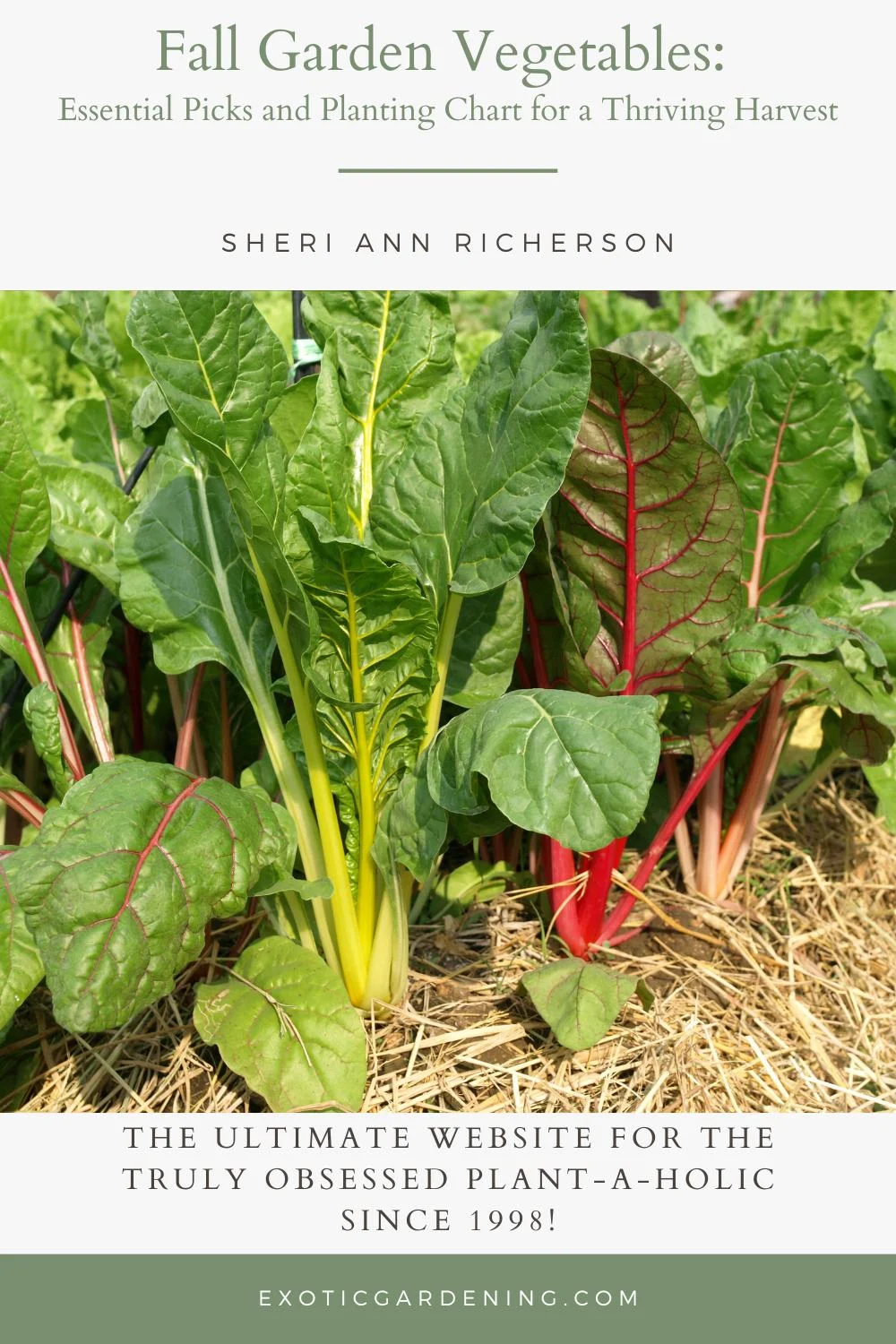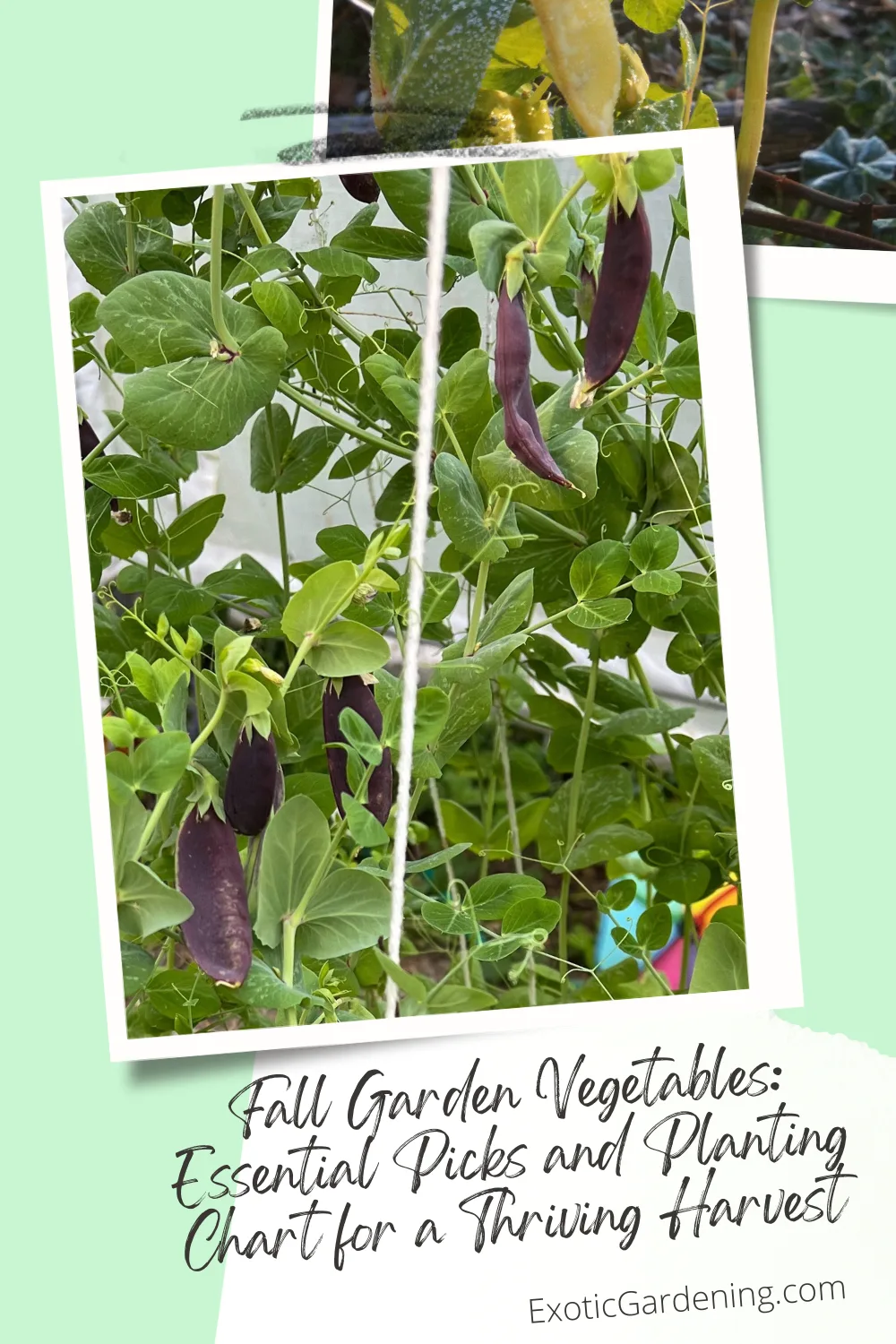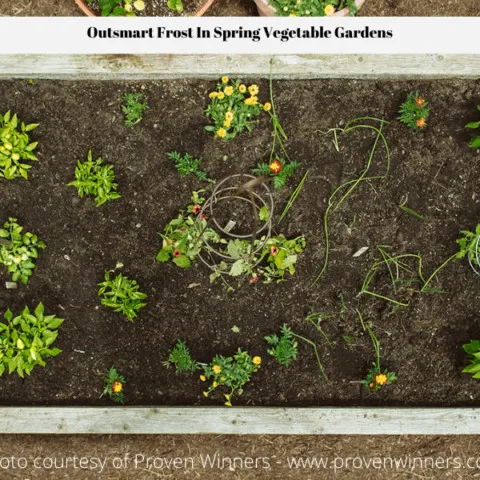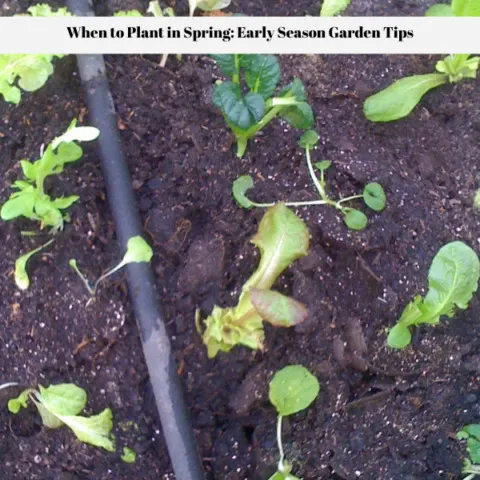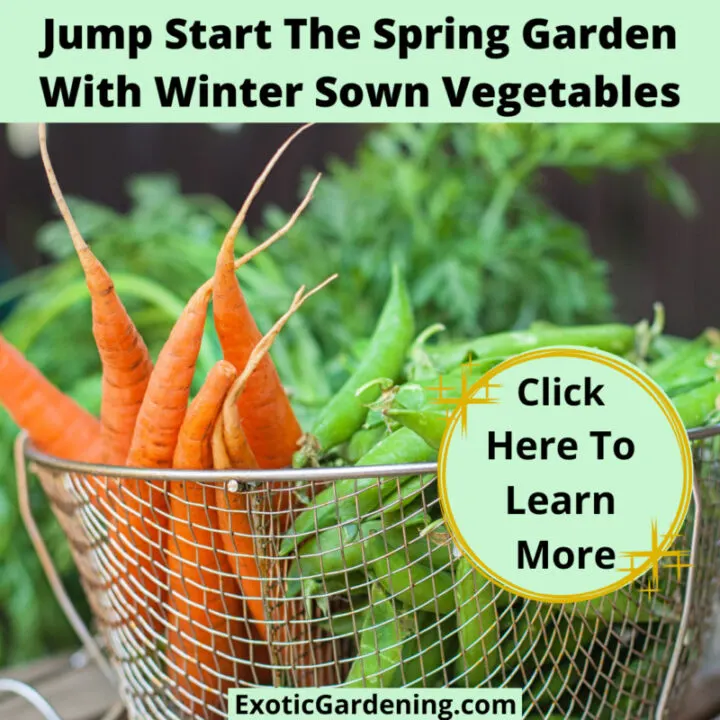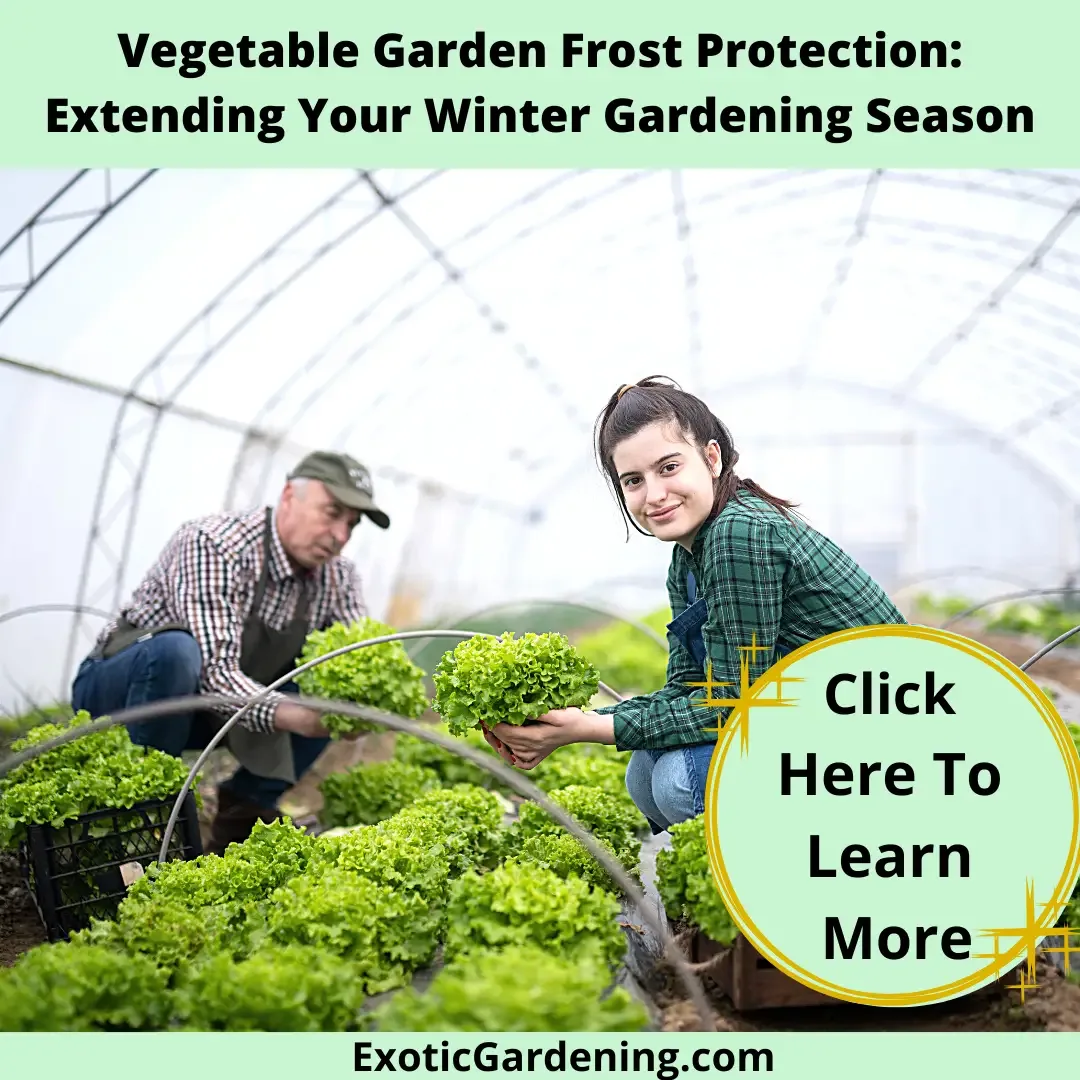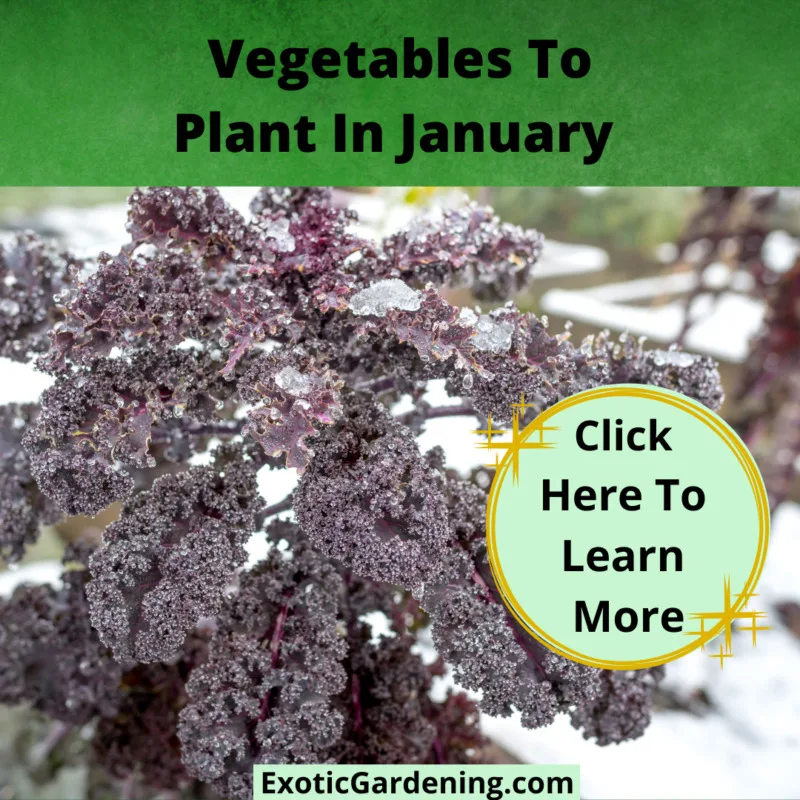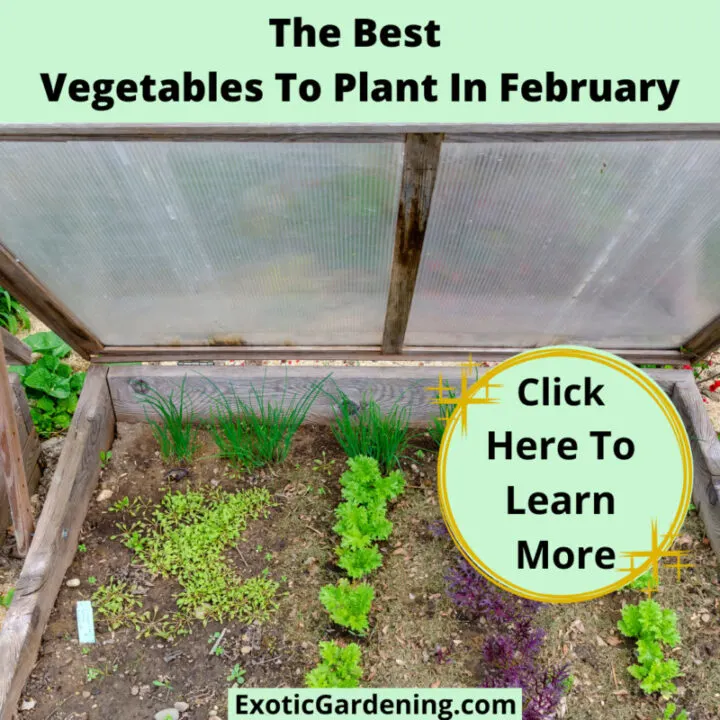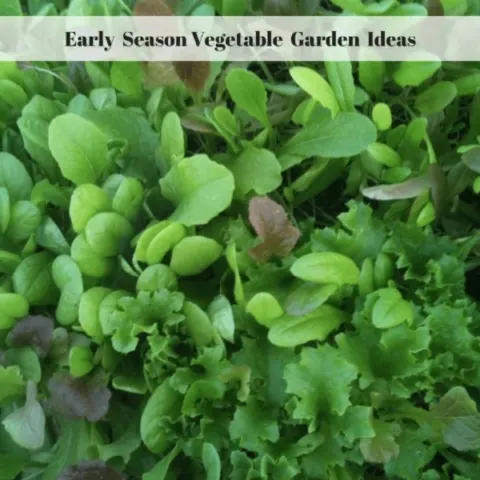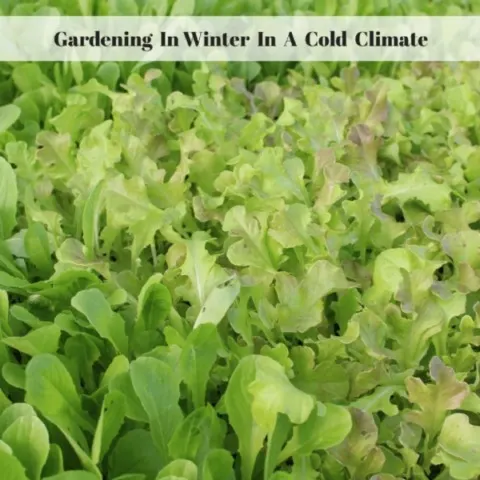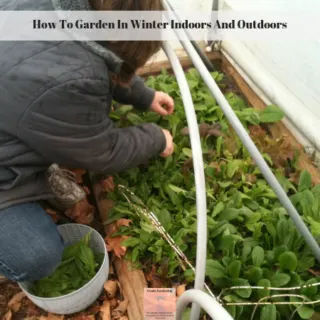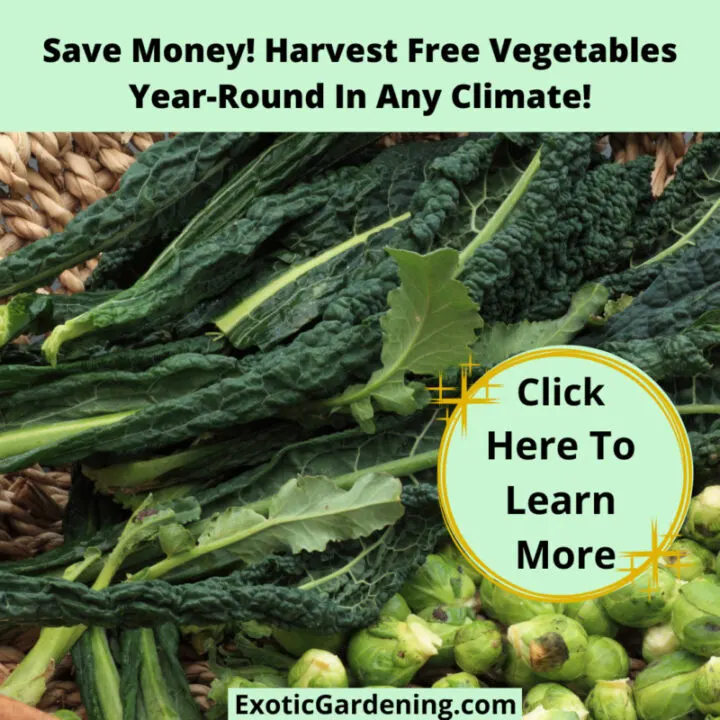Fall is the perfect time to give your garden a second life with a fresh crop of vegetables.
The cooler weather makes it ideal for growing hearty greens and root veggies that thrive in the crisp air.
If you’re wondering what to plant, you’ll be surprised at the variety of fall garden vegetables that can flourish this season.
From spinach and kale to carrots and radishes, fall gardens are all about extending your harvest well into the cooler months.
Whether you're a seasoned gardener or just starting out, fall gardening can be simple and rewarding.
With the right preparation and a little planning, you’ll enjoy fresh, homegrown produce long after summer ends.
So, if you're thinking of adding fall garden vegetables to your garden, now is the perfect time to get started.
Let's explore the best vegetables to plant and some tips for success!
Why Plant in the Fall?
Fall planting offers several advantages.
Milder temperatures and fewer pest problems give crops a better chance to thrive.
Many cool-season crops tolerate light frosts, which can enhance their flavors.
With the additional use of a cold-frame, unheated greenhouse or a tunnel house, many of these crops will last over the winter allowing you to harvest fresh vegetables all winter long.
Frost-tolerant crops:
- Broccoli and cabbage: Withstand hard freezes down to 25-28°F
- Carrots: Become sweeter and crunchier in cool weather
- Kale and spinach: Thrive in cold conditions, producing until a hard freeze
- Peas and cauliflower: Handle light frosts between 28-32°F
- Parsley: Another is another robust fall option
Start planting now and continue planting until mid-September.
Be sure to remove spent crops and weeds to make space for new seeds.
Consider your area's average first-killing frost date, which you can easily find once you determine which USDA Hardiness Zone your garden is in.
Use plant maturity dates from seed packets to develop a precise planting schedule.
Succession planting can help manage harvest times.
For example, sow lettuce seeds every couple of weeks to maintain a steady supply.
Planting timeline:
- By the end of July: Plant snap beans, cucumbers, summer squash, and lettuces
- Mid-August: Focus on arugula, beets, chard, and radishes
- Through early September: Continue with spinach and lettuce
- Early October: Plant garlic cloves 4-6 inches apart for harvest by next summer
Pro tip: Consider cutting back summer plants at the soil line instead of uprooting them to preserve beneficial root biology and soil structure. Test your soil and add necessary nutrients, including compost.
Drip irrigation provides a slow, steady water supply that plants prefer.
As temperatures drop, don't shy away from frost, as many fall crops improve in flavor after enduring a freeze.
Specific Vegetables for Fall Planting
Picking the right vegetables is a must if you want your fall garden to really thrive.
Each plant has its own needs, so understanding what works best for the cooler season is key to a successful harvest.
Here are some top picks along with what they need to grow their best: you'll find a mix of hardy greens, root crops, and cold-tolerant veggies that can handle the fall weather.
In addition to the ones listed below, adding a cold-frame or moving warm weather crops like tomatoes into an unheated greenhouse or high tunnel also often extends the harvest slightly past the first frost.
Let’s dive into their specific growing conditions so you can set your garden up for success!
| Vegetable | Soil | Spacing | Water | Planting Time |
|---|---|---|---|---|
| Broccoli | Well-drained, fertile, pH 6.0-7.0 | 18-24 inches apart, rows 24-36 inches apart | 1-1.5 inches weekly | 10-12 weeks before first frost |
| Cabbage | pH 6.0-6.8 | 12-24 inches apart, rows 24-36 inches apart | 1.5 inches per week | 10-12 weeks before first frost |
| Kale | Well-drained, loamy, pH 6.0-7.0 | 12-18 inches apart, rows 18-24 inches apart | 1 inch per week | 6-8 weeks before first frost |
| Radishes | Light, sandy, pH 6.0-7.0 | 1 inch apart in rows | Consistent moisture | Every two weeks starting 8 weeks before first frost |
| Lettuce | Loose, fertile, pH 6.0-6.8 | 8-12 inches apart, rows 12-18 inches apart | 1 inch per week | 4-8 weeks before first frost |
Planting Schedule by Climate Zone:
- Warm Climates (Zones 8-11):
- Late July to Early August: Broccoli, cabbage
- Mid-August to Early September: Kale, radishes, lettuce
- Mild Climates (Zones 6-7):
- Late July to Mid-August: Broccoli, cabbage, radishes
- Mid-August to Late August: Kale, lettuce
- Cool Climates (Zones 3-5):
- Late July to Early August: Broccoli, cabbage
- Early August to Mid-August: Kale, radishes
- Mid-August: Lettuce
Soil Preparation and Planting Techniques
Proper soil preparation is crucial for a successful fall garden.
Follow these guidelines to optimize your soil conditions:
- Clear summer crop remnants by cutting plants at the soil line to preserve beneficial microorganisms and soil structure.
- Remove weeds to reduce competition for nutrients and water.
- Enrich the soil with compost or well-decomposed manure. Spread a 2-4 inch layer and work it into the top 6 inches of soil.
- Test your soil to determine pH and nutrient content. Adjust pH if necessary (most fall vegetables prefer pH 6.0-7.0).
- Add specific nutrients based on soil test results. Common organic amendments include:
- Bone meal (phosphorus)
- Blood meal (nitrogen)
- Greensand (potassium)
- Implement succession planting for continuous harvests, especially with fast-maturing crops like radishes, lettuce, and spinach.
- Apply a 2-3 inch layer of organic mulch (straw, shredded leaves, or grass clippings) around plants to conserve moisture, suppress weeds, and regulate soil temperature.
By carefully preparing your soil and employing these techniques, you'll create a strong foundation for a thriving fall garden.
Watering and Frost Protection
Proper watering and frost protection are essential for maintaining a healthy fall garden.
Drip irrigation is an efficient watering method for fall crops.
It provides consistent moisture directly to the root zone, minimizing water waste and disease risk.
To install a drip system:
- Plan the layout based on crop rows and spacing.
- Choose high-quality drip lines with appropriate emitter spacing.
- Connect lines to the water supply using a pressure regulator.
- Install filters to prevent clogging.
- Consider adding an automatic timer for consistent watering.
Maintain the system by checking for leaks, unclogging emitters, and flushing periodically.
As temperatures drop, protect your crops from frost:
- Use row covers: Lightweight fabric draped over hoops to trap heat and maintain soil temperature.
- Apply mulch: A thick layer of organic material around plant bases insulates the soil.
- Use cloches or cold frames: Individual plant protectors or larger structures that create a greenhouse effect.
- String small, non-LED lights: Gentle heat can prevent temperatures from dropping too low, especially when combined with other methods.
Pest and Disease Management
In fall gardening, managing pests and diseases is crucial for maintaining a healthy and thriving garden.
While cooler temps usually mean fewer pests, that doesn’t mean you can let your guard down.
It’s still important to stay on top of things and take some preventative steps to keep your crops safe.
A little effort now can go a long way in making sure your garden stays productive as the season rolls on!
Common Fall Garden Pests
Cabbageworms, those little green caterpillars that love munching on brassicas, are a pretty common nuisance in fall gardens.
Luckily, there are some easy ways to keep them from taking over your plants.
- First, give your plants plenty of space so the air can circulate and keep the humidity down.
- Row covers work wonders as a physical barrier—just make sure you get them on early and secure them tightly.
- Attract beneficial insects like ladybugs and parasitic wasps by planting flowers like marigolds, dill, and yarrow. They’ll help keep those caterpillars in check.
- Don’t forget to handpick any visible caterpillars or eggs you see—it’s tedious but effective.
Slugs are another common fall garden pest, especially since they love cool, damp conditions.
- Sprinkle diatomaceous earth or crushed eggshells around your plants to create a barrier.
- Clear out any debris where slugs might hide.
- Set up beer traps or use copper tape around your beds to keep them at bay.
With these tricks, you'll have fewer pests and a productive fall garden!
Disease Management
Disease management is just as important as planting when it comes to keeping your fall garden healthy and productive.
Here are a few easy strategies to help minimize the risk of disease:
- Make sure your plants have plenty of space so air can circulate, which helps reduce moisture buildup on the leaves.
- Rotate your crops each season to prevent soil-borne diseases. It’s best not to plant vegetables from the same family in the same spot year after year.
- Keep your garden clean by removing any diseased plant material as soon as you spot it.
- Sanitize your tools between uses to avoid spreading disease from one plant to another.
Using these disease management strategies can make all the difference in keeping your fall garden thriving.
So, dive into fall planting with confidence!
Choose the right crops, meet their needs, prep your soil properly, and stay on top of pest and disease control.
You’ll be well on your way to a bountiful harvest, even as the temperatures cool down.
Essential Resources to Extend Your Garden Into Winter and Beyond
If you’re ready to enjoy the benefits of gardening all year long, The Complete Idiot’s Guide to Year-Round Gardening is your ultimate resource.
Whether you're growing onions in the summer, lettuce in the winter, or tending to orchids any time of year, this book covers everything you need to know—both indoors and out.
From seed starting and composting to greenhouse gardening and using root cellars in winter, it's packed with practical advice for every gardener.
For even more hands-on guidance, check out my Gardening Basics: Before the Harvest eCourse, where I dive deep into soil health, composting, and seed starting.
If you’re short on time, my Quick Tips for Year-Round Gardening Mini Course will help you grow fresh produce all year, even in a cold climate!
Don't forget my Winter Garden Guide Expanded Edition with worksheets, expert tips, and preservation techniques, or grab my Winter Garden Planning Checklist for a quick and easy way to plan your cold-season garden.
These tools are perfect for anyone looking to grow and harvest fresh produce, no matter the season!


